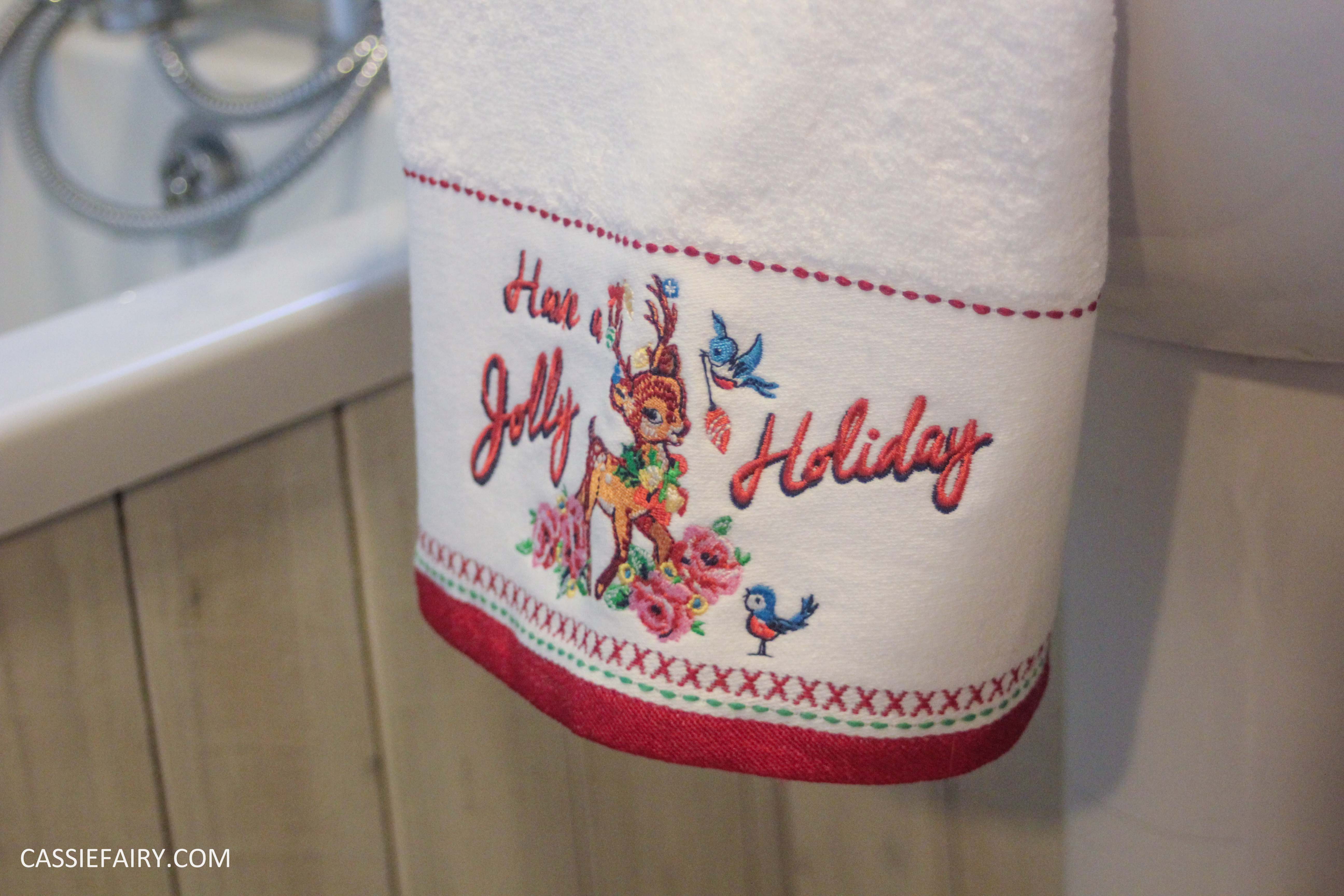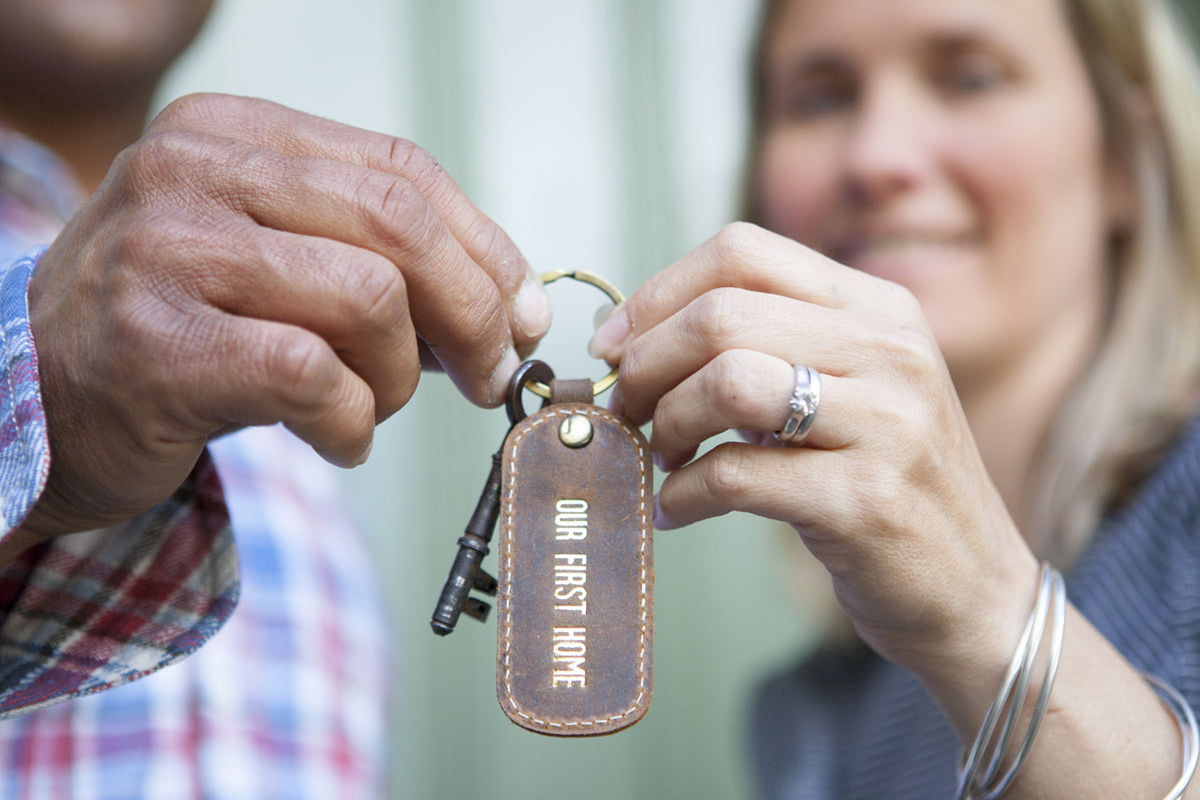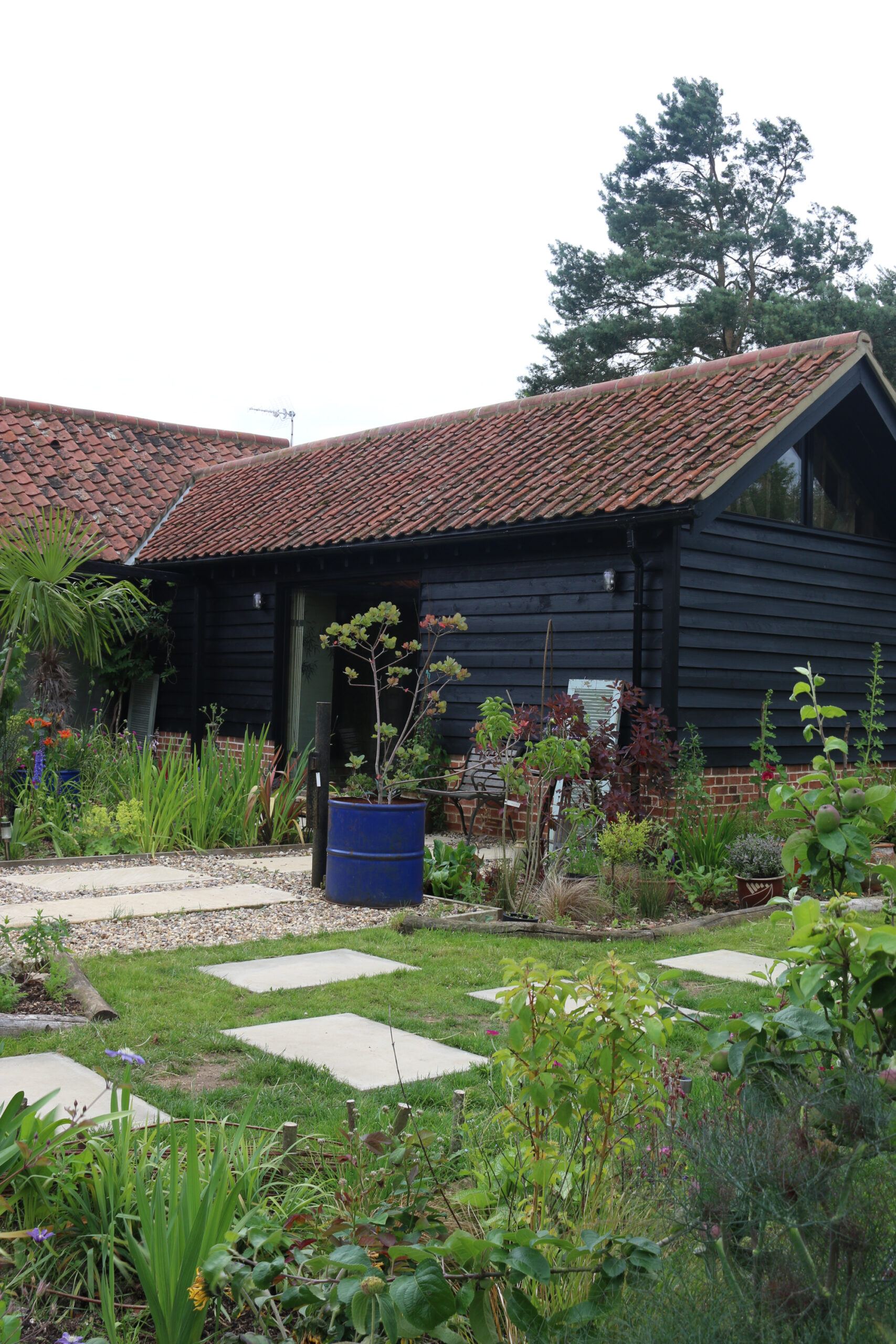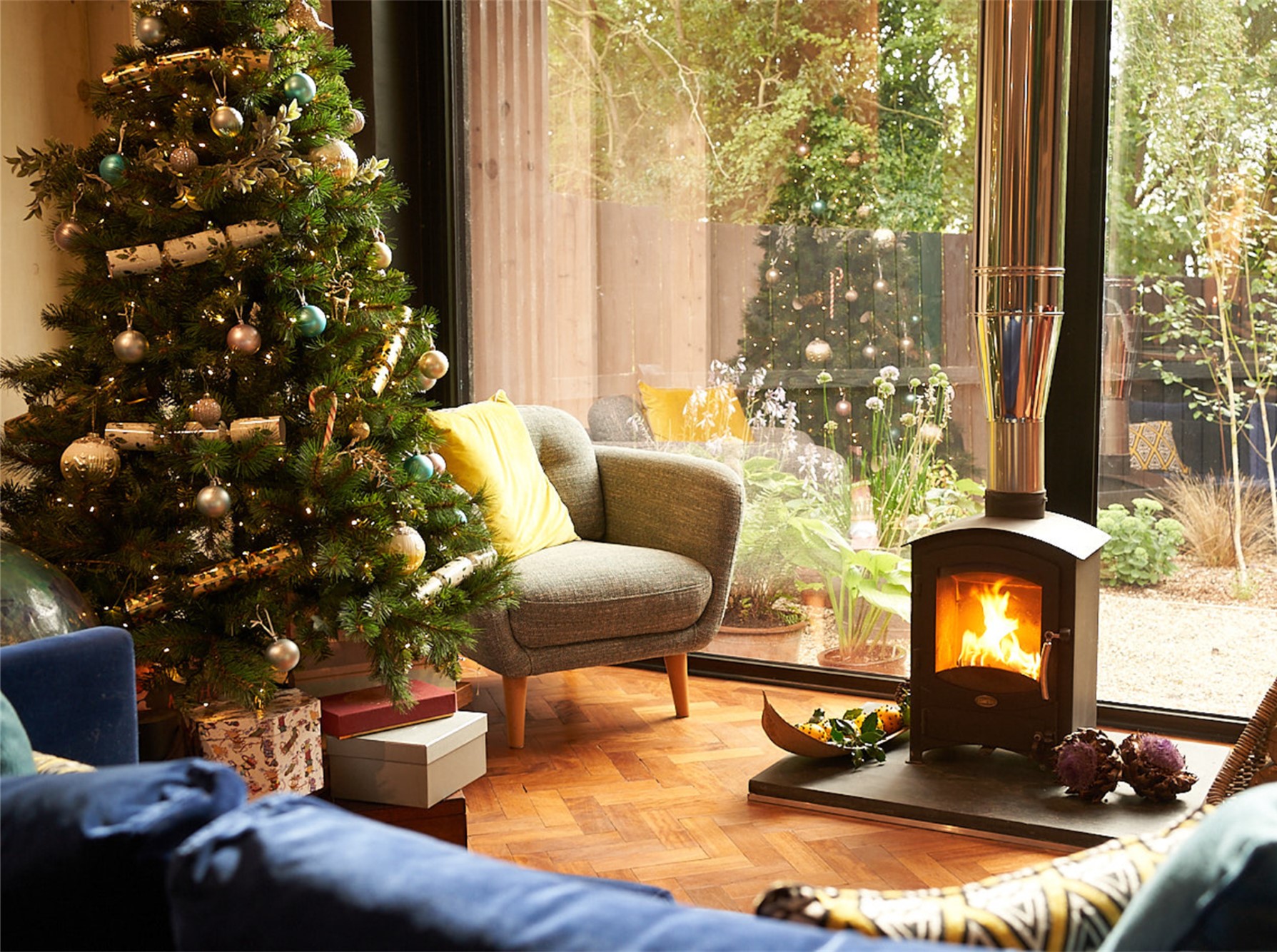
Whether you have gas, electric or oil-fired central heating, the cost of warming your home will undoubtedly be higher this winter. But, keeping your home warm will help you to stay healthy this winter, plus it’ll prevent damp and mould that thrives in very cold rooms. Check out these simple things you can do to make sure your bills don’t sky-rocket while you heat your home:
Take control of your heating controls
Taking control of the times that your heating comes on and goes off is key to getting the most out of the energy it’s using. Most systems will have a timer option and you can make the most of this to ensure that the heating doesn’t come on when you’re in bed or if you’re out of the house.
The centre for sustainable energy suggests that average home takes around 30 minutes to heat up and 30 minutes to cool down, so you could set the timer so come on just 30 minutes before you need it and then turn it off 30 minutes before you need to go out or before bed.
Alternatively, you can remove the timer option altogether and go with manually putting on the heating when you need a warm blast. This might mean getting out of bed into a cold room, but means the heating will only be on when you need it. This is especially good if you might have a lie-in at the weekend, as you might not need the heating to come on at the regular weekday time.
Instead, whenever you wake up from your weekend lie-in, you could pop on a dressing gown and slippers to go to the thermostat and manually turn on the heating – then head back to bed with a cuppa while the house warms up! Or if you’ve got a smart thermostat that you can control with your smartphone, you don’t even have to get up to switch it on.
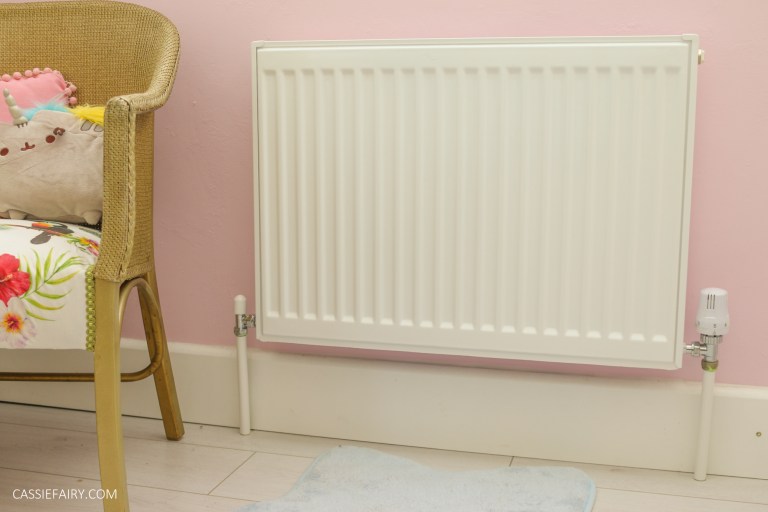
Value your valves
There are valves on your radiators for a reason – and they will help you to save money on your heating this winter. Valves allow you to adjust the temperature in each room of your home by controlling how much water flows through each radiator. This means you can spend less money on heating the rooms that you use less.
So, adjust your radiator valves to suit how much you plan to use the room. For example, if you rarely use a spare bedroom or a dining room during the winter, you can lower the setting on the valves in these rooms. Then close the door to the room so that the warm air throughout the rest of your home isn’t sucked into the cooler space.
Don’t turn off your radiators completely for a long period of time, as this is when condensation in a cold room can start to cause mould and damp problems. Use the valves to gently warm the rooms and prevent dampness or the need for future mold remediation. By using a lower temperature setting on the valve will help to keep the room in good condition and save you money on heating spaces that you’re not using much.
Installing thermostatic radiator valves is another money-saving option. These valves automatically adjust the flow of hot water based on your preferred temperature setting. They work independently of your main heating system to detect the surrounding heat levels and adjust the flow accordingly. This means your radiators won’t get hotter than your favoured setting and therefore won’t waste energy by overheating them.
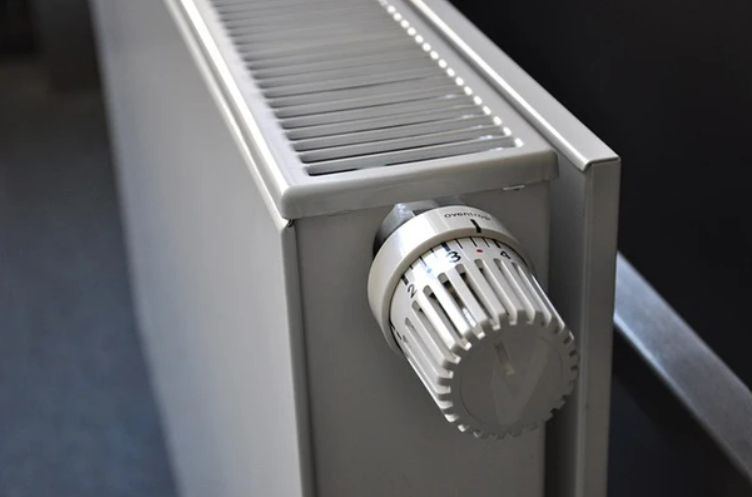
Bleeding radiators
Sometimes air becomes trapped inside your heating system, resulting in cold areas on your radiators. This means that, despite turning the heating on and using valves to control the flow of water, you can still end up wasting energy as a system with trapped air will be less efficient.
So, how do you let the air out of the system? You may be able to feel where the air is trapped, as it’ll leave cold patches on your radiators, maybe at the top or around the edges, while other parts of the radiator heat up as normal. Also, gurgling in the pipes could indicate that there’s air in the system.
When you’ve found which radiators need bleeding, turn off your heating and gather together a bleed key, a cloth and a container or towel to catch any water that may escape. Then follow professional instructions on how to bleed a radiator to release the trapped air.
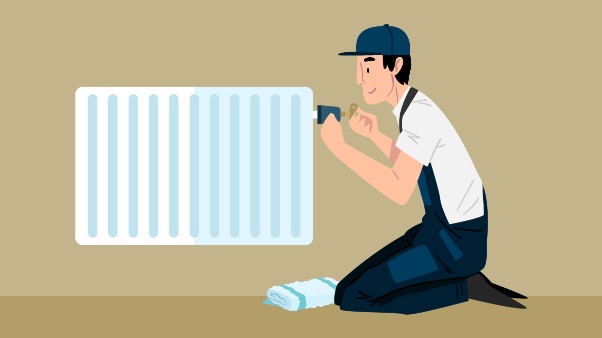
I hope these suggestions will help you to maintain a cosy home this winter. I’d love to hear your own tips for keeping warm in your own home – what heating hacks do you use to stay snug? Let me know in the comments below.
Pin it for later
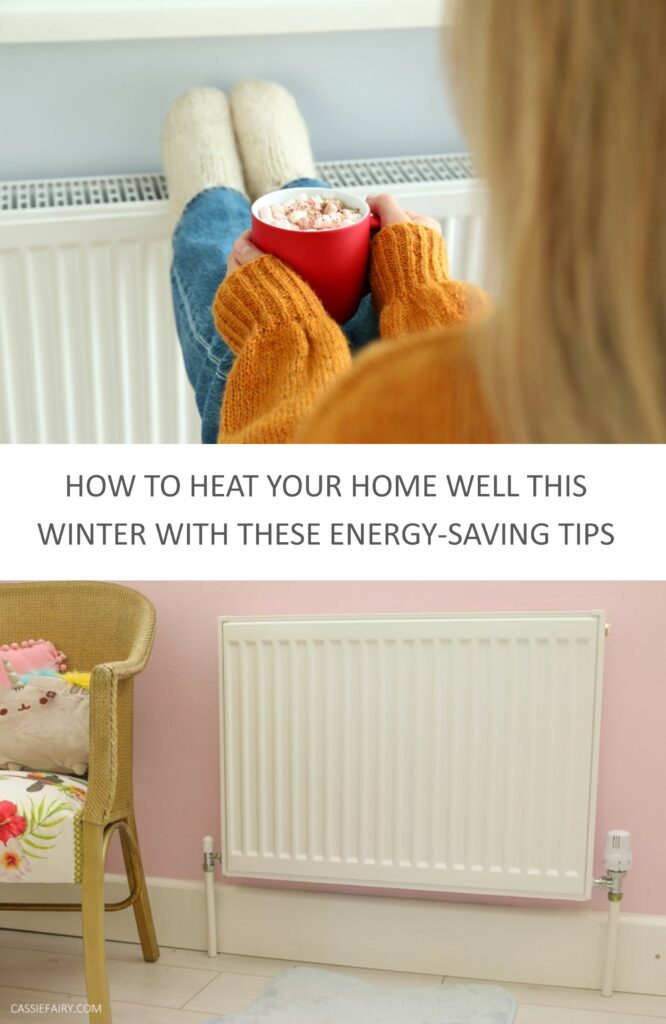
This article is a sponsored collaboration. The pink links in the content indicate a sponsored link or information source. The blog post reflects my own experience and the sponsor hasn’t had any control over my content 🙂
This post was featured by Twinkl in their Cost of Living Crisis blog


















